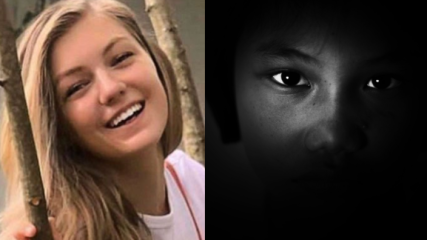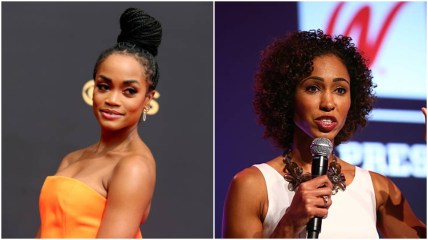Sage Steele has much bigger issues than her self-hating words
OPINION: If only ESPN's Steele educated herself about who she is and learned to love her Blackness as much as she clearly loves her whiteness.
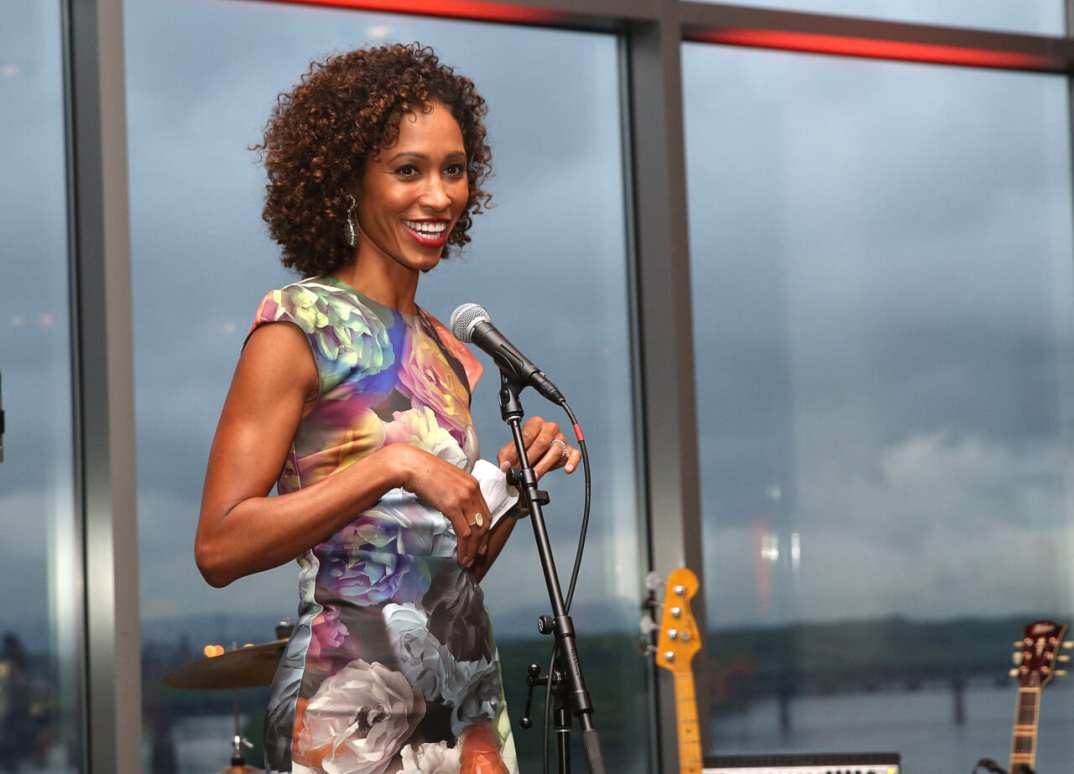
I have biracial nieces who are the sunshines of my life. And like ESPN anchor Sage Steele, they are beautiful, smart, adult women. Yet, Ms. Steele’s comments last week about President Barack Obama (Steele said she thought it was “fascinating” that Obama identified himself as Black on the U.S. Census “considering his Black dad was nowhere to be found but his white mom and grandma raised him”) were troubling to me because I have seen this type of thinking up close and personal in my own family.
What is more troubling is that Steele and many biracial people of her generation do not simply identify as Black, or Brown, because they have a parent who is white. They say they don’t “see color” when the world we live in very obviously sees color and is obsessed with it 24/7. They also, as is evidenced by Steele’s statements, embrace white stereotypes and definitions about Black men and women.
Steele’s father is a Black man and her mother is white, yet she had no issue degrading President Obama’s father as “being nowhere to be found,” which is a very prevalent stereotype lobbed at Black men to imply that they are absent from their children’s lives, less engaged or less caring parents.
Of course, this is not true.
The truth is that Steele’s remarks revealed to us the growing generational divide that is upon us. Not just on matters of race, but on politics and American culture. This is unlike previous generations like my paternal great grandmother and her mother who was considered a “mulatto” (a term used from slavery onward to describe mixed-race Black and white children). The lines drawn were pretty clear back then, culturally speaking, because if you had “one drop” of Black blood you were considered Black.
The infamous “one drop rule” was a construct of racism set forth by slave owners, and white male run southern legislatures promulgating miscegenation laws forbidding interracial marriage and making sure that only ‘legitimate’ white heirs would inherit land and wealth. Despite the Supreme Court’s 1967 ruling in Loving vs. Virginia, legally allowing interracial marriage, such unions even in the 21st century are still rare. Only 1 in 6 marriages in the U.S. are of persons of different races. And their progeny, their children, are left to navigate the way in an-ever changing, ever diverse, changing America.
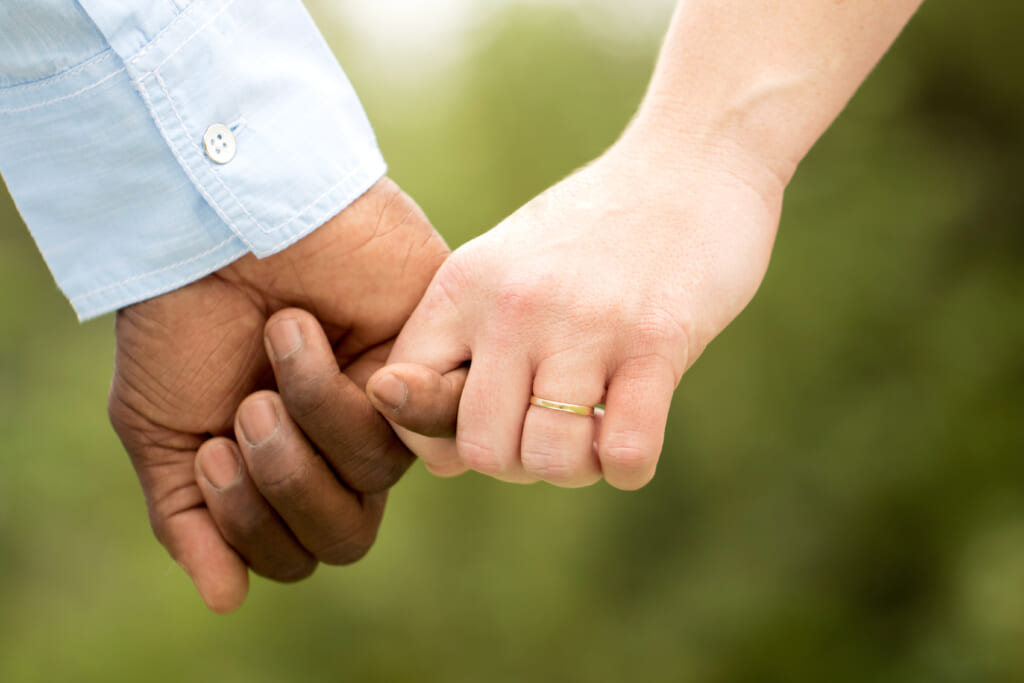
Ms. Steele is a tragic figure because she is openly clueless about the experiences of women who look like her. She has bought into tropes, stereotypes and poor imagery of Black people and even of women as she tacitly blamed them for their own sexual assault because, in her opinion, they did not dress appropriately. She seems adrift.
We are living in a changed America; one where a Black man can be president of the United States and a woman, who happens to also to be a woman of color, can be vice president. A world where 48 women are CEO’s at Fortune 500 companies (but less than 10%), and on and on. Younger generations take things for granted what women of my generation had to fight for. We had to be the firsts. We were the trailblazers.
For our biracial kids, their presence in the world is much more common than it was when I was a child in the 1970s or in high school in the 1980s.
As a Black aunt (or as I put it, PANK — Professional Aunt No Kids) who wrote a groundbreaking book, “Black Woman Redefined: Dispelling Myths and Discovering Fulfillment in the Age of Michelle Obama,” more than a decade ago, about racial stereotypes and damaging racial tropes defining professional Black women, I must say I am worried.
As someone who is very in touch with her own Blackness, her community and her “woman of color” identity, it has been a very painful struggle for me to watch my nieces struggle with their identities. How do two girls, with a beautiful blonde-haired, blue-eyed mother, who has zero clue about Black culture, or the Black experience, balance their own reality of being half Black?
I had to walk on eggshells with my former sister-in-law, as did my mom, to not offend her sensibilities when in reality my very presence offended her and women like her who are privileged and have advantages for no other reason than being white and female. This privilege is something they refuse to acknowledge, and like the Karens we see on a daily harassing Black and Brown people, they act clueless as to the impact of their entitlement and duplicitous actions.
I imagine that Sage Steele spoke from her heart on her global ESPN platform. And she, like all of us is entitled to her opinions, but it is clear to me she doesn’t like herself or see herself clearly. I am hopeful this experience may help her see that. To some degree, I get it and feel empathy for her struggle — it’s not easy for a Black girl being raised by a white woman.

Just as America rages on and continues to fights over issues largely centered around race like how American history should be taught in our schools, and the like, many biracial children I’m sure find themselves being pushed and pulled on matters of race and racial identity. Who are they, and where do they fit in? Sage Steele simply uttered out loud what she has ingested since she was a child; to dislike the Black side of herself or approach it with skepticism at best.
Steele reminds me of the children in the 1950 studies with the Black and white dolls used in the landmark Supreme Court case Brown vs. Board of Education. The psychologists Kenneth and Mamie Clark proved through the use of dolls, that Black girls repeatedly chose the white dolls over the Black ones because they viewed the white dolls as prettier, more acceptable and likable.
Why? Because they were socialized to do so.
Here we are close almost 2022, and we’re seeing biracial girls develop into women like Sage Steele who for intents and purposes still sees the white doll as superior. The difference now is that now it’s more subtle, but it is very much so present. That is the tragedy of how far we have not come.
Steele’s commentary further demonstrates that we need to talk more about the social impacts on children who are the product of interracial marriage and relationships. Those like Steele who have major platforms and who go after their own communities by embracing white superiority rhetoric and white standards about who we are as Black people should be rooted out because it does great harm to our nation and our culture.
If only Sage Steele educated herself about who she is and learned to love her Blackness as much as she clearly loves her whiteness. The truth is that they don’t have to be mutually exclusive. And most importantly, one side should never be seen as more superior than the other.
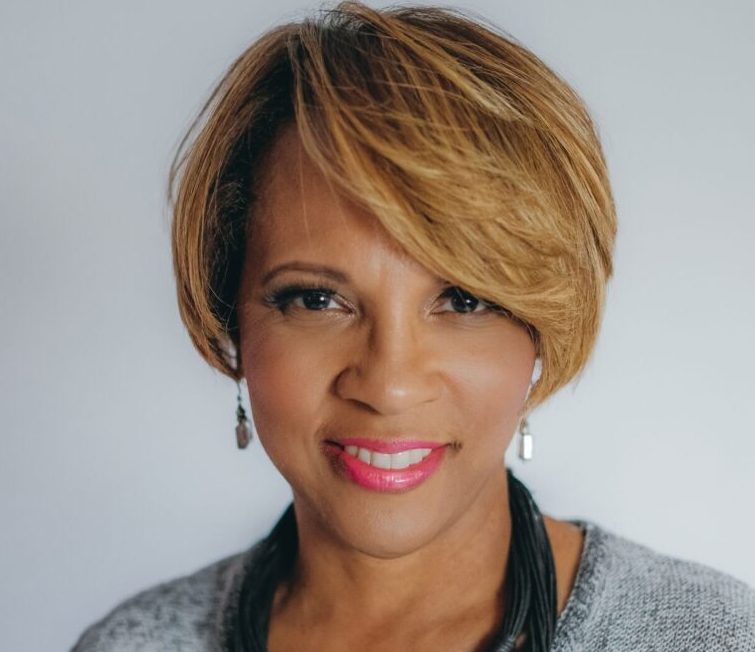
Sophia A. Nelson is a contributing editor for theGrio. Nelson is a TV commentator and is the author of “The Woman Code: Powerful Keys to Unlock,” “Black Women Redefined.”
Have you subscribed to theGrio’s “Dear Culture” podcast? Download our newest episodes now!
TheGrio is now on Apple TV, Amazon Fire and Roku. Download theGrio.com today!
